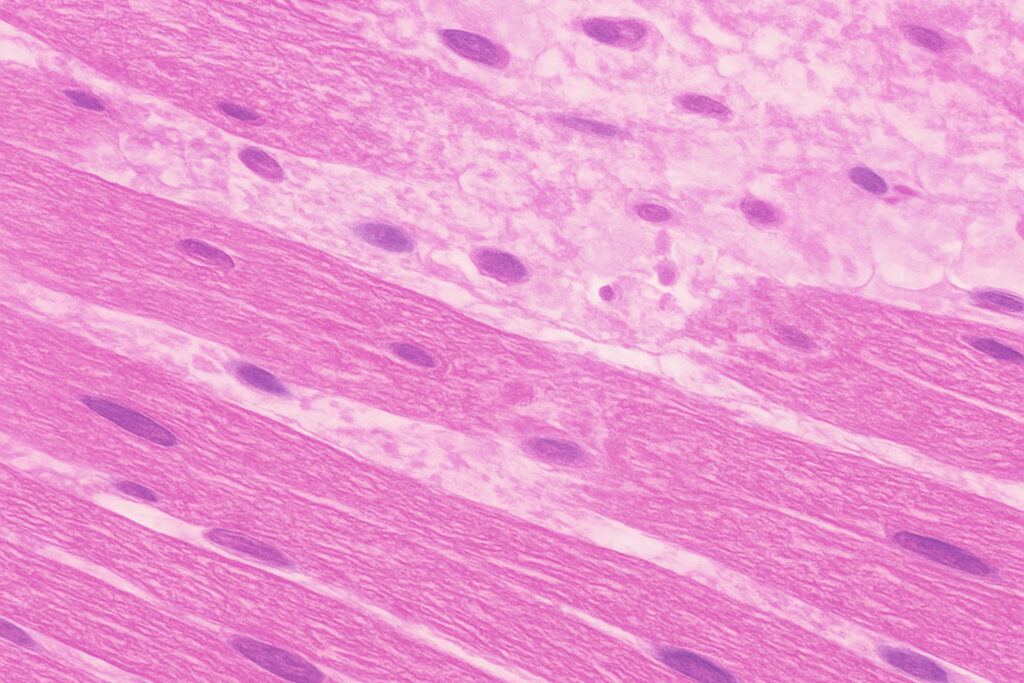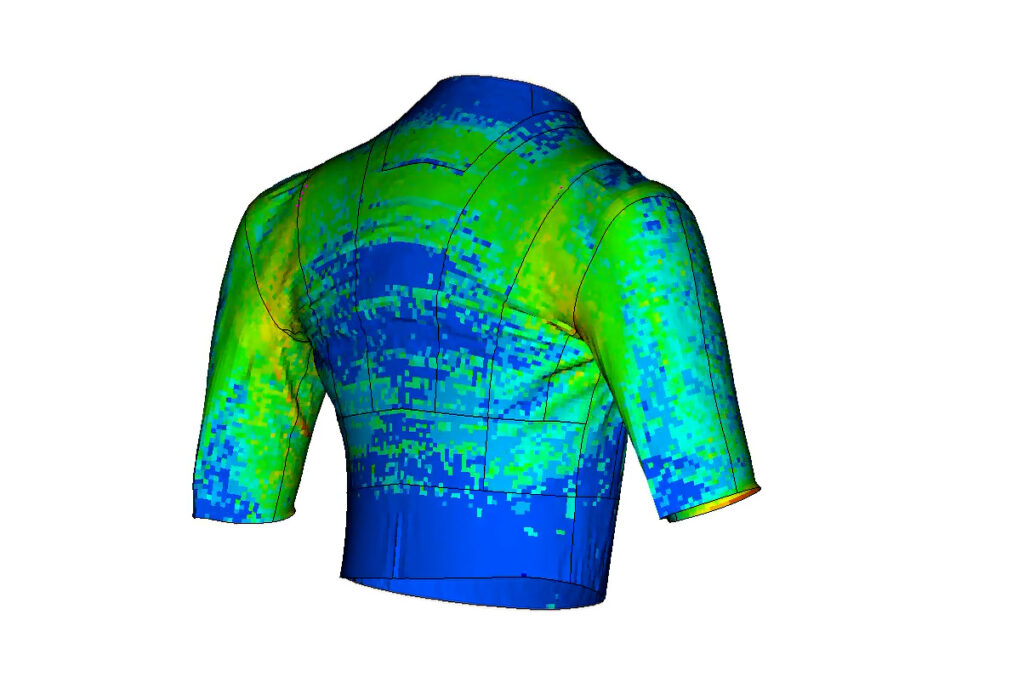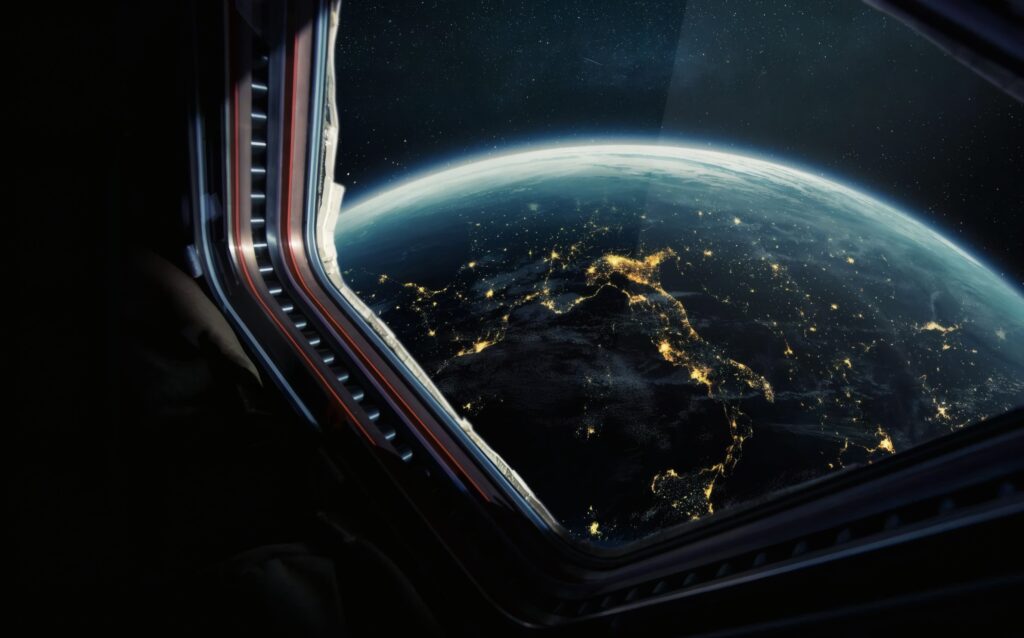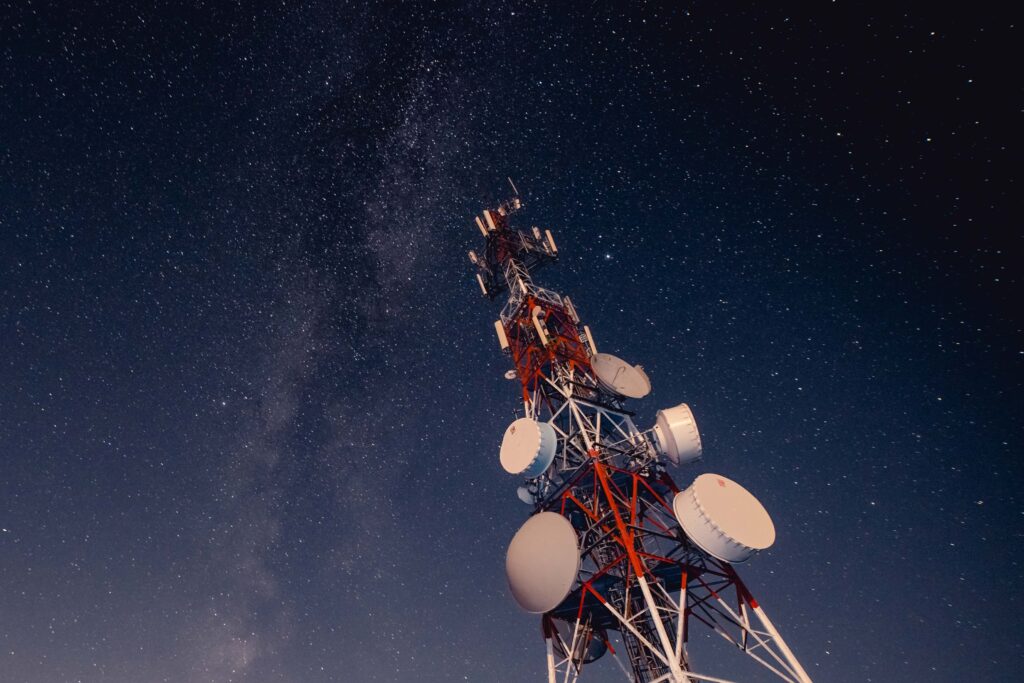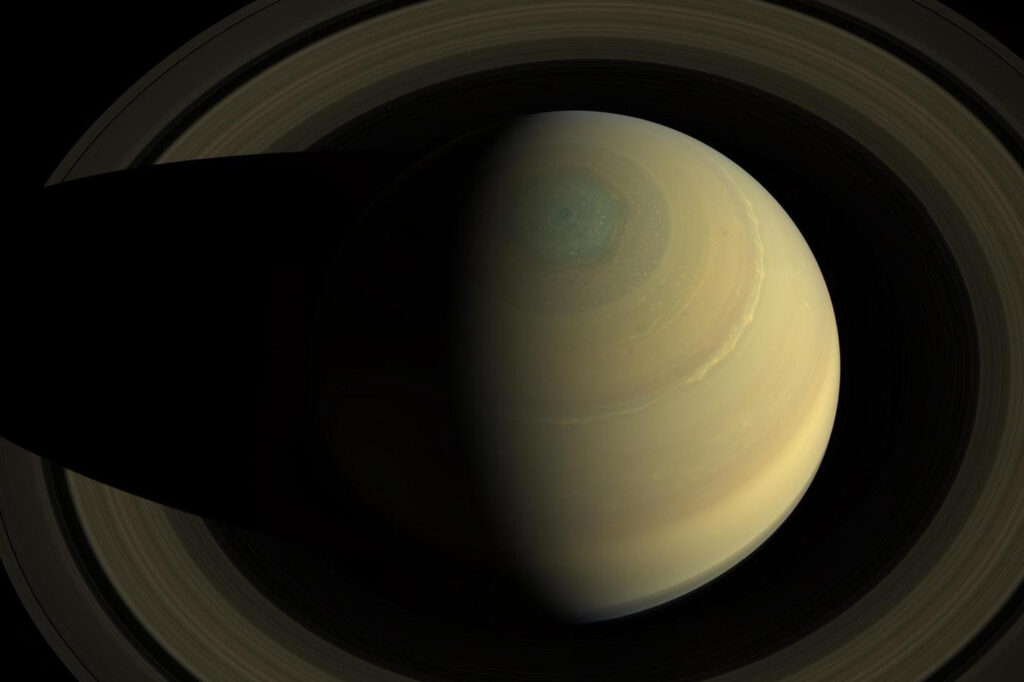Scientific Portfolio
The HUNOR Hungarian Astronaut Program carries out 25 scientific experiments during the Axiom-4 mission. An additional 5 projects, which are better suited to the constraints of other missions, bring the total HUNOR Scientific Portfolio to 30. These experiments originate from Hungarian universities, companies, research centers, startups, and nonprofit educational organizations. Their goals include developing and commercializing innovative space instruments, conducting research that can only be performed in space, and raising awareness of the natural sciences.
The wide variety of projects—ranging from Earth observation, materials science, dosimetry, atmospheric physics, fluid dynamics, data mining, virtual reality, drug discovery, medicine, microbiology, to psychology—demonstrates that space research is becoming nearly omnipresent, both within Hungarian science and on the international stage.
HUNOR mission specialist Tibor Kapu is also contributing to additional experiments through international collaborations, which are listed on Axiom Space’s website.’
Tibor began conducting HUNOR experiments aboard the International Space Station.
DNA-REPAIR researchers are analyzing how cosmic radiation damages the genetic material of living organisms and what repair mechanisms could be used to protect against it. The animal models are fruit flies, and Hungarian scientists have tuned the subpopulation under study to greater activity with a promising enzyme pretreatment. Tibor placed the jars containing the fruit flies used as animal models in the Columbus module and activated the RANDAM dosimeter, which measures the radiation exposure and living conditions of the fruit flies, including temperature, pressure, humidity, and vibration.
Tibor unpacked and watered the wheat, radish, and pepper seedlings for the VITAPRIC experiment, then placed them in position and activated the RANDAM unit, which measures the radiation exposure and living conditions of the plants—temperature, pressure, humidity, and air composition.
The RANDAM miniaturized personal dosimeter continued to protect the astronauts’ health on another day.
During the MAGOR experiment, the effects of the astronauts’ special diet, lifestyle, stress, and weightlessness were studied by analyzing their microbiomes through oral, urine, and intestinal flora tests. The astronauts contributed to the research by providing samples.
The astronauts also collected data for the VISPRO experiment, which aims to better understand blood flow changes in weightlessness through ultrasound examination of the temporal artery.
During the MAGOR experiment, the effects of astronauts’ special diet, lifestyle, stress, and weightlessness were examined by analyzing their microbiomes through oral, urine, and intestinal flora tests. The astronauts contributed to the research by providing samples.
The MAGYAR project experiments have also begun, in which researchers are using virtual reality to study the effects of weightlessness on astronauts’ motor skills, dexterity, and primarily manual dexterity. It is a known problem that blood redistribution in weightlessness impairs brain function. In order to plan for changes in astronauts’ work capacity, it is important to understand the details of this deterioration.
The RANDAM miniaturized personal dosimeter served to protect the health of astronauts on another day.
The SAET experiment, which examines the associative learning of astronauts under changing gravitational conditions, has begun.
SANS (Spaceflight-Associated Neuro-Ocular Syndrome), which occurs as a result of microgravity, can be a serious problem for astronauts. In the END-SANS experiment today, astronauts tested a new method of drug delivery using an artificial microfiber structure.
The astronauts also collected data for the TESH project, which aims to study the complex changes in astronauts’ cardiovascular and vestibular systems during space travel.
Today, Tibor conducted physics experiments as part of the SPHC project, which high school and university students were able to follow live from the Huniverzum visitor center. The series of experiments highlighted the differences between Earth’s gravity and the weightlessness experienced on the Space Station, which the experimental toolkit developed during the project brought closer to the students.
During the VITAPRIC experiment, Tibor replaced the germination boxes for radish and wheat seeds with taller ones to make room for the plants that were starting to grow.
The RANDAM miniaturized personal dosimeter continued to protect the health of the astronauts on another day.
The SAET experiment, which examines the associative learning ability of astronauts under changing gravitational conditions, continued.
The astronauts also collected data for the TESH project, which aims to study the complex changes in the cardiovascular and vestibular systems of astronauts during space travel.
Tibor conducted experiments as part of the DIROS project, which studies the physics of planetary atmospheres.
During the VITAPRIC experiment, Tibor replaced the germination boxes for paprika seeds with taller ones.
For the SPHC educational project, Tibor created explanatory videos on the following topics: center of mass motion, soft cell connections, Bernoulli’s principle, and gyroballs. As part of the CORVUS educational project, Tibor talked about life on the International Space Station and shared tips on how to adapt to this challenging environment. For the CQ-ISS educational project, Tibor measured data on space radiation and magnetic field strength.
The astronauts also collected data for the VISPRO experiment, which aims to better understand blood redistribution in weightlessness through ultrasound examination of the temporal artery.
The ENPERCHAR experiment uses environmental psychology methods to study the relationship between astronauts and their workspace. The astronauts also contributed data to this experiment throughout the day.
The astronauts collected data as part of the SINGREAD experiment, which examines neural feedback in the small muscle group responsible for moving the vocal cords, as well as changes in the human voice in weightlessness.
Work continued on the SAET experiment, which studies astronauts’ associative learning abilities under changing gravitational conditions.
The CINCINNATI experiment looks for areas of the body that heat up significantly during the astronauts’ daily activities, with the aim of designing clothing materials tailored to space conditions. The crew’s work today contributed to data collection.
The astronauts also successfully conducted measurements for the VISPRO experiment, which aims to better understand blood redistribution in weightlessness through ultrasound examination of the temporal artery.
The RANDAM miniaturized personal dosimeter served to protect the astronauts’ health for another day.
SANS (Spaceflight-Associated Neuro-Ocular Syndrome), which occurs as a result of microgravity, can be a serious problem for astronauts. In the END-SANS experiment today, the astronauts tested a new method of drug delivery using an artificial microfiber structure.
As part of the UHU Earth observation experiment, Tibor captured a series of photographs of highly charged electromagnetic storms in the upper atmosphere above Papua New Guinea, Indonesia, and the Philippines.
During the ARISS project, students who successfully completed the difficult technical task of establishing amateur radio contact were able to speak live with the International Space Station, once again in Hungarian, following Károly Simonyi’s space flight in 2009.
The MAGYAR project experiments continued, where researchers use virtual reality to study the effects of weightlessness on astronauts’ motor skills, dexterity, and manual dexterity in particular. It is a known problem that blood redistribution in weightlessness impairs brain function. In order to plan for changes in astronauts’ work capacity, it is important to understand the details of this deterioration.
Astronauts collected data as part of the SINGREAD experiment, which examines neural feedback on the small muscle group responsible for moving the vocal cords and changes in the human voice in weightlessness.
During the MAGOR experiment, the effects of the astronauts’ special diet, lifestyle, stress, and weightlessness were studied by analyzing their microbiomes through oral, urine, and intestinal flora tests. The astronauts contributed to the research by providing samples.
Work continued on the SAET experiment, which studies the associative learning of astronauts under changing gravitational conditions.
As part of the CORVUS educational project, Tibor took photographs of Earth and stars before and after sunrise.
Tibor photographed the growth rate of the VITAPRIC experiment’s cultivated peppers, radishes, and wheat.
Tibor also monitored the development of the DNA-REPAIR experiment’s fruit flies.
SANS (Spaceflight-Associated Neuro-Ocular Syndrome), which occurs as a result of microgravity, can be a serious problem for astronauts. In the END-SANS experiment today, astronauts tested a new method of administering medication using an artificial microfiber structure.
Space radiation damages the active ingredients in medicines, reducing their shelf life. Astronauts must rule out the possibility of the active ingredient deteriorating or, in extreme cases, becoming poisonous before taking it. To do this, they must examine the drugs mixed with water under a microscope, but mixing with water is difficult in zero gravity. In the M4D experiment, astronauts tested a novel ‘lab-on-a-chip’ development based on the principle of capillary action, which seeks to solve this problem.
During the SIS project, Tibor presented the daily work activities of astronauts and some of the modules of the space station, which he recorded with a 3D camera.
As part of the CORVUS educational project, Tibor, with Peggy’s help, demonstrated how to perform resuscitation in space.
Work continued on the SAET experiment, which investigates the associative learning of astronauts under changing gravitational conditions.
SANS (Spaceflight-Associated Neuro-Ocular Syndrome), which occurs under the influence of microgravity, can be a serious problem for astronauts. In the END-SANS experiment, astronauts tested a new method of drug administration using an artificial microfiber structure.
The astronauts also collected data for the TESH project, which aims to study the complex changes in astronauts’ cardiovascular and vestibular systems during space travel.
Experiments continued in the MAGYAR project, where researchers use virtual reality to study the effects of weightlessness on astronauts’ motor skills, dexterity, and manual dexterity in particular. It is a known problem that blood redistribution in weightlessness impairs brain function. In order to plan for changes in astronauts’ work capacity, it is important to understand the details of this deterioration.
Astronauts also successfully conducted measurements for the VISPRO experiment, which aims to better understand blood redistribution in weightlessness through ultrasound examination of the temporal artery.
DNA-REPAIR researchers are analyzing how cosmic radiation damages the genetic material of living organisms and what repair mechanisms could be used to protect against it. The animal models are fruit flies, and Hungarian scientists have tuned a promising enzyme in the studied subpopulation to greater activity through pretreatment. Tibor’s tasks include monitoring the condition of the fruit flies.
There is no GPS-based positioning on alien celestial bodies or in Earth’s caves. The IMU-DRS experiment is researching data processing mathematical methods that would enable a motion sensor (a single chip in any modern electronic device) to track humans or robots exploring alien environments. Tibor collected data for the experiment using the sensor on his work smartphone, drawing different shapes in the air and walking different routes on the space station.
The RANDAM miniaturized personal dosimeter continued to protect the health of astronauts on another day.
Work continued on the SAET experiment, which studies the associative learning of astronauts under changing gravitational conditions.
SANS (Spaceflight-Associated Neuro-Ocular Syndrome), which occurs as a result of microgravity, can be a serious problem for astronauts. In the END-SANS experiment today, astronauts tested a new method of drug delivery using an artificial microfiber structure.
The astronauts also collected data for the TESH project, which aims to study the complex changes in astronauts’ cardiovascular and vestibular systems during space travel.
During the VITAPRIC project, Tibor harvested the experimental radish samples, replaced the wheat sprout germination boxes with taller ones, and then watered the pepper and wheat sprouts.
As part of the CORVUS educational project, Tibor presented the RANDAM miniaturized dosimeter, talked about cosmic radiation affecting astronauts, and also reported on the legal regulations governing space exploration.
The RANDAM miniaturized personal dosimeter served to protect the health of astronauts on another day.
SANS (Spaceflight-Associated Neuro-Ocular Syndrome), which occurs as a result of microgravity, can be a serious problem for astronauts. In the END-SANS experiment today, astronauts tested a new method of drug administration using an artificial microfiber structure.
The ENPERCHAR experiment uses environmental psychology methods to study the relationship between astronauts and their workspace. Astronauts also contributed data to this experiment throughout the day.
Work continued on the SAET experiment, which studies the associative learning of astronauts under changing gravitational conditions.
The astronauts also successfully performed measurements for the VISPRO experiment, which aims to better understand blood redistribution in weightlessness through ultrasound examination of the temporal artery.
The astronauts collected data as part of the SINGREAD experiment, which examines neural feedback in the small muscle group responsible for moving the vocal cords, as well as changes in the human voice in weightlessness.
Work continued on the SAET experiment, which studies associative learning in astronauts under changing gravitational conditions.
As part of the CORVUS educational project, Tibor talked about life on the International Space Station and shared tips on how to adapt to this challenging environment.
Tibor documented the ESEL3D materials science experiment, which tests 3D-printed samples of different materials and internal geometries for damage caused by vibration during space travel and cosmic radiation.
During the SBHA project, Tibor answered children’s questions about the world of space exploration.
Tibor collected data from the Earth’s magnetic field for the IMU-DRS project.
The CINCINNATI experiment looks for areas of the astronauts’ bodies that heat up significantly during their daily activities, with the aim of designing clothing materials tailored to space conditions. Today’s work by the crew contributed to the collection of data.
DNA-REPAIR researchers are analyzing how cosmic radiation damages the genetic material of living organisms and what repair mechanisms could be used to protect against it. The animal models are fruit flies, and Hungarian scientists have tuned a promising enzyme in the studied subpopulation to greater activity through pretreatment. Tibor’s tasks include monitoring the condition of the fruit flies.
During the MAGOR experiment, the effects of astronauts’ special diet, lifestyle, stress, and weightlessness were studied by analyzing their microbiomes through oral, urine, and intestinal flora tests. The astronauts contributed to the research by providing samples.
During the CQ-ISS project, the radio department of Széchenyi István University in Győr established contact with the Space Station and involved the Hungarian astronaut in space day events organized for children in the Carpathian Basin.
The astronauts’ day off serves to maintain their high level of performance, in accordance with NASA’s space medicine requirements.
Tibor harvested the experimental wheat samples during the VITAPRIC project.
Tibor conducted experiments as part of the DIROS project, which investigates the physics of planetary atmospheres.
Experiments continued in the MAGYAR project, where researchers use virtual reality to study the effects of weightlessness on astronauts’ motor skills, dexterity, and manual dexterity in particular. It is a known problem that blood redistribution in weightlessness impairs brain function. In order to plan for changes in astronauts’ work capacity, it is important to understand the details of this deterioration.
The ENPERCHAR experiment uses environmental psychology methods to study the relationship between astronauts and their work environment. Astronauts contributed data to this experiment throughout the day.
DNA-REPAIR researchers are analyzing how cosmic radiation damages the genetic material of living organisms and what repair mechanisms could be used to protect against it. The animal models are fruit flies, and Hungarian scientists have tuned a promising enzyme in the studied subpopulation to greater activity through pretreatment. Tibor’s tasks include monitoring the condition of the fruit flies.
Work continued on the SAET experiment, which studies associative learning in astronauts under changing gravitational conditions.
The RANDAM miniaturized personal dosimeter continued to protect the health of astronauts on another day.
The MAGOR experiment examined the effects of the astronauts’ special diet, lifestyle, stress, and weightlessness by analyzing their microbiomes through oral, urine, and intestinal flora tests. The astronauts contributed to the research by providing samples.
The astronauts also successfully performed measurements for the VISPRO experiment, which aims to better understand blood flow changes in weightlessness through ultrasound examination of the temporal artery.
For the SPHC educational project, Tibor made videos with explanations on the following topics: concave and convex lenses, minimal surfaces, soft cells, and gyroballs.
During the MAGOR experiment, the effects of the astronauts’ special diet, lifestyle, stress, and weightlessness were examined by analyzing their microbiomes through oral, urine, and intestinal flora tests. The astronauts contributed to the research by providing samples.
The astronauts collected data as part of the SINGREAD experiment, which examines neural feedback on the small muscle group responsible for moving the vocal cords and changes in the human voice in weightlessness.
Work continued on the SAET experiment, which studies associative learning in astronauts under changing gravitational conditions.
Tibor harvested the experimental pepper samples during the VITAPRIC project.
Tibor collected and packed the RANDAM miniaturized personal dosimeters and documented their locations for the purpose of analyzing any values showing deviation.
Experiments continued in the MAGYAR project, where researchers are using virtual reality to study the effects of weightlessness on astronauts’ motor skills, dexterity, and manual dexterity in particular. It is a known problem that blood redistribution in weightlessness impairs brain function. In order to plan for changes in astronauts’ work capacity, it is important to understand the details of this deterioration.
The ENPERCHAR experiment uses environmental psychology methods to study the relationship between astronauts and their work environment. Astronauts contributed data for this experiment throughout the day.
DNA-REPAIR researchers are analyzing how cosmic radiation damages the genetic material of living organisms and what repair mechanisms could be used to protect against it. The animal models are fruit flies, and Hungarian scientists have tuned a promising enzyme in the studied subpopulation to greater activity through pretreatment. Tibor’s tasks include monitoring the condition of the fruit flies.
The CINCINNATI experiment looks for areas of the body that heat up significantly during the astronauts’ daily activities, with the aim of designing clothing materials tailored to space conditions. The crew’s work today contributed to the collection of data.

